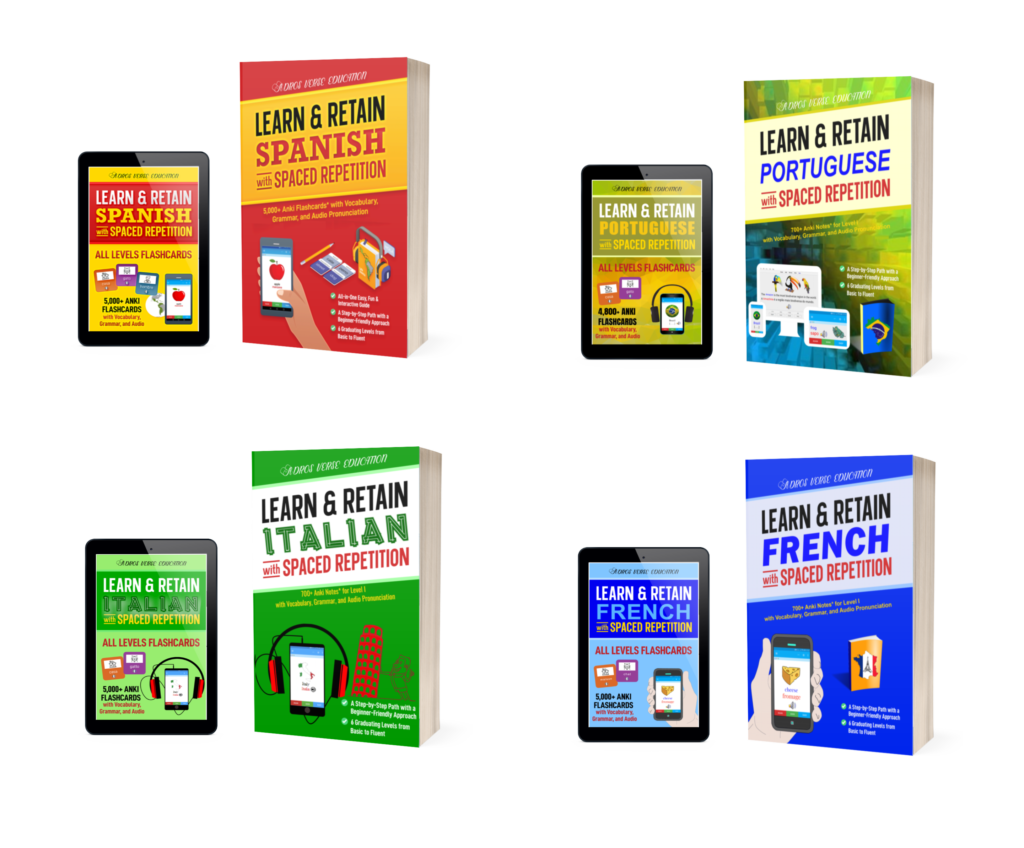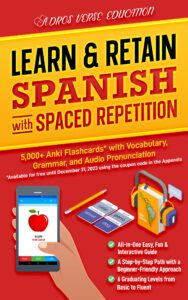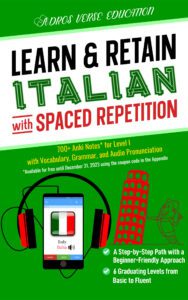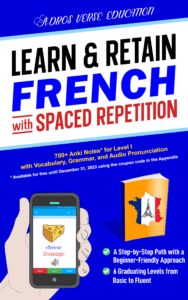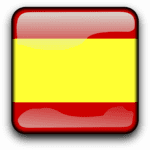Demonstrative pronouns in Arabic, like their counterparts in English, can be used independently to replace a noun, e.g., “I want this,” or as an adjective by preceding the noun, e.g., “I want this book.”
Demonstrative Pronouns in Arabic: Gender, Number, & Near vs. Far
The following are the demonstrative pronouns in Arabic:
| Singular | Dual | Plural | |
| near (masculine) this/these | هـٰـذا hādhā this | هـٰـذانِ hādhān(i) these (two) | هـٰـؤلاءِ hā’ulā’(i) these |
| near (feminine) this/these | هـٰـذِهِ hādhih(i) this | هـاتـانِ hātān(i) these (two) | |
| far (masculine) that/those | ذٰلِـكَ dhālik(a) that | ذانِـكَ/ذيْـنِـكَ dhānik(a)/ dhaynik(a) those (two) | أولـٰـئِـكَ ’ulā’ik(a) those |
| far (feminine) that/those | تِـلْـكَ tilk(a) that | تانِـكَ/تَـيْـنِـكَ tānik(a)/ taynik(a) those (two) |
Note that the far dual demonstrative pronouns are rarely used. The pronouns ذانِـكَ (dhānika) and تانِـكَ (tānika) are used in the nominative, whereas the pronouns ذيْـنِـكَ (dhaynika) and تيْـنِـكَ (taynika) are used in the accusative and genitive.
In general, near demonstrative pronouns are used to refer to nouns close to the speaker. On the other hand, far demonstrative pronouns are used to refer to nouns far away from the speaker.
Here are some examples:
| هـٰـذا كِـتـابٌ٠ hādhā kitāb(un). This (is) (a) book. | تِـلْـكَ سَـيّــارَةٌ٠ tilka sayyārah(-tun). That (is) (a) car. |
| هـٰـذانِ الــرَّجُــلانِ نــائِــمــانِ٠ hādhāni -r-rajulāni nā’imān(i). These two men (are) asleep. | أُولـٰـئِـكَ الأَطْــفــالُ يَــلْــعَـبـونَ٠ ’ulā’ika -l-’aṭfāl yal‘abūn(a). Those children play. |
The singular masculine demonstrative pronouns هـٰـذا (hādhā) and ذٰلِـكَ (dhālika) can be used to refer to a whole sentence or concept, or to point at something without mentioning it. For example:
| ذٰلِـكَ غَــريـبٌ٠ dhālika gharīb(un). That (is) strange. | مـا هـٰـذا؟ mā hādhā? What (is) this? |
If the predicate of the sentence is preceded by the definite article الـ (al) ‘the,’ a detached personal pronoun is needed. For example:
| هـٰـذا هُـوَ الـكِـتابُ٠ hādhā huwa -l-kitāb(u). This (is) the book. | هـٰـذِهِ هِــيَ الـسَـيّــارَةُ٠ hādhihi hiya -s-sayyārah(-tu). This (is) the car. |
Referring to Non-human Beings in the Plural
When referring to non-human beings in the plural, e.g., animals, plants, objects, etc., we use the feminine singular demonstrative forms هـٰـذِهِ (hādhihi) and تِـلْـكَ (tilka) as near and far demonstratives, respectively. For example:
| هـٰـذِهِ الـكُـتُـبُ مُـفـيـدَةٌ٠ hādhihi -l-kutubu mufīdah(-tun). These books (are) useful. | هـٰـذِهِ سَـيّــارَاتٌ٠ hādhihi sayyārāt(un). These (are) cars. |
| تِـلْـكَ بُـيـوتٌ صَـغـيـرَةٌ٠ tilka buyūtun ṣaghīrah(-tun). Those (are) small houses. | تِـلْـكَ الْـحَـيَـواناتُ جَـمـيـلَـةٌ٠ tilka -l-ḥayawānātu jamīlah(-tun). Those animals (are) beautiful. |
Notice that any predicate or adjective following the described non-human being noun must also be in the feminine singular form, i.e., مُـفـيـدَةٌ (mufīdah) ‘useful,’ جَـمـيـلَـةٌ (jamīlah) ‘beautiful,’ صَـغـيـرَةٌ (ṣaghīrah) ‘small.’
Other lessons in Level III:

